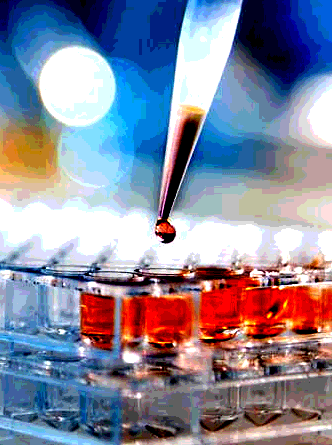WEHI team drives drug boost
 Australian experts are pushing to reduce the high failure rates in drug discovery and development.
Australian experts are pushing to reduce the high failure rates in drug discovery and development.
Pioneering technology to show whether potential treatments are worth progressing into human trials is being advanced by a team at the Walter and Eliza Hall Institute (WEHI).
The WEHI-led team is using protein degrader technology to test the efficacy and safety of drugs by better mimicking clinical settings, with a collaborative Australian project already using the system to establish promising drug targets for a range of hard-to-treat cancers.
The technology can assess how effective and safe a drug target could be for patients, far earlier in the research process.
Almost 95 per cent of biomedical projects fail before entering human clinical trials with the average cost of bringing a new drug to market estimated to be around US$1.8 billion.
A key issue is the difficulty of assessing a drug’s true safety and effectiveness in preclinical studies.
While conventional drug development aims to inhibit the activity of disease-causing proteins, protein degrader technology looks to completely destroy those proteins, with precision targeting.
The technology enables scientists to deliver far more relevant results from pre-clinical testing, to potentially bring safe and effective new treatments to patients faster.
The WEHI-led team focused on developing a tag system to help researchers overcome a significant hurdle in the drug development process.
Dr Charlene Magtoto said this system enables scientists to use drugs that interact with a tag, opening up virtually the entire proteome for target validation.
“Finding a drug to bind onto the protein itself can be difficult and often a reason why researchers reach a crossroads in drug development,” Dr Magtoto said.
“Attaching a small generic tag onto any protein of interest to enable a destroyer protein to remove it allows us to wipe out any protein just by targeting the tag.
“This is a game-changer technology that will ensure only the best targets enter into drug discovery pipelines.”
More details are accessible here.








 Print
Print